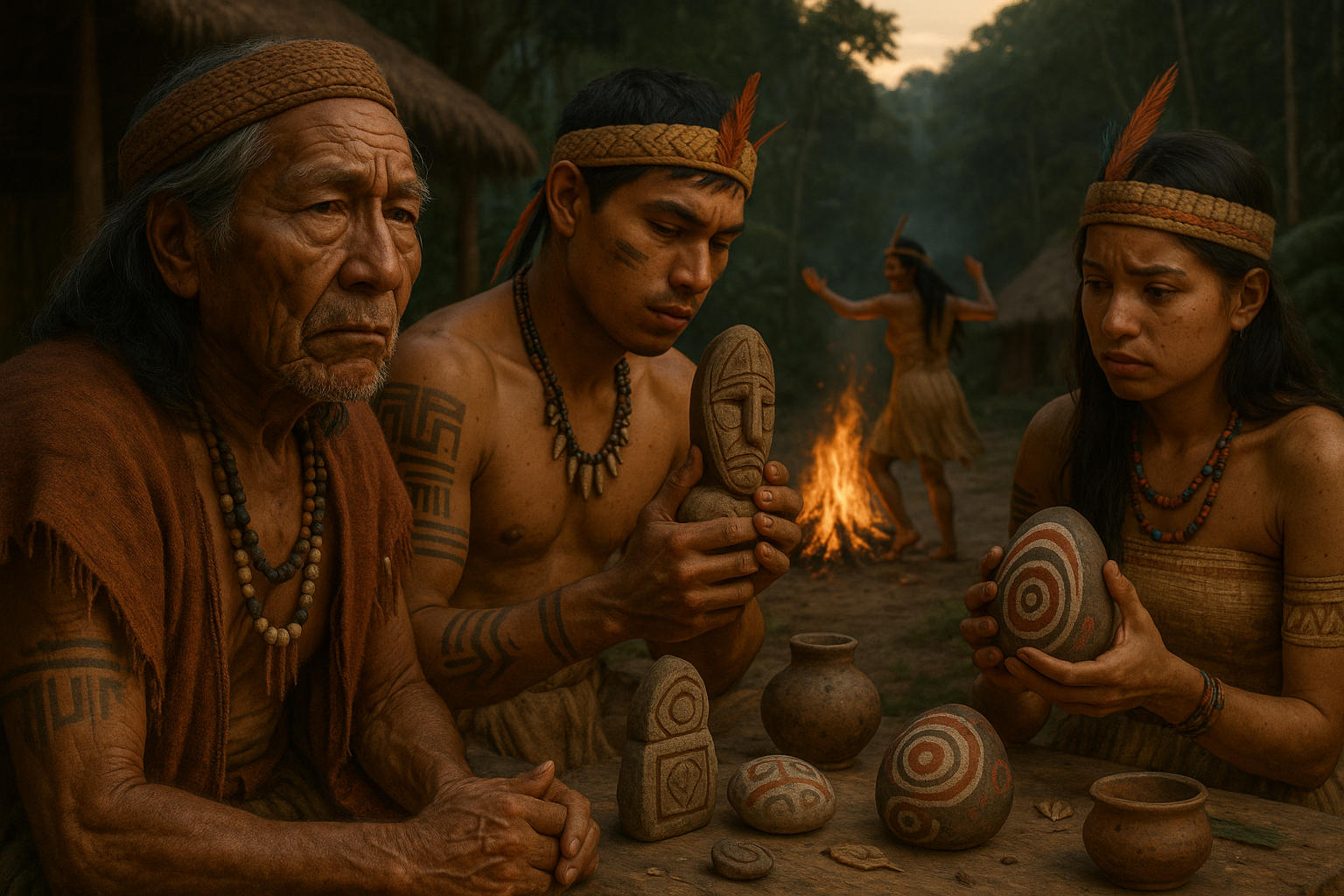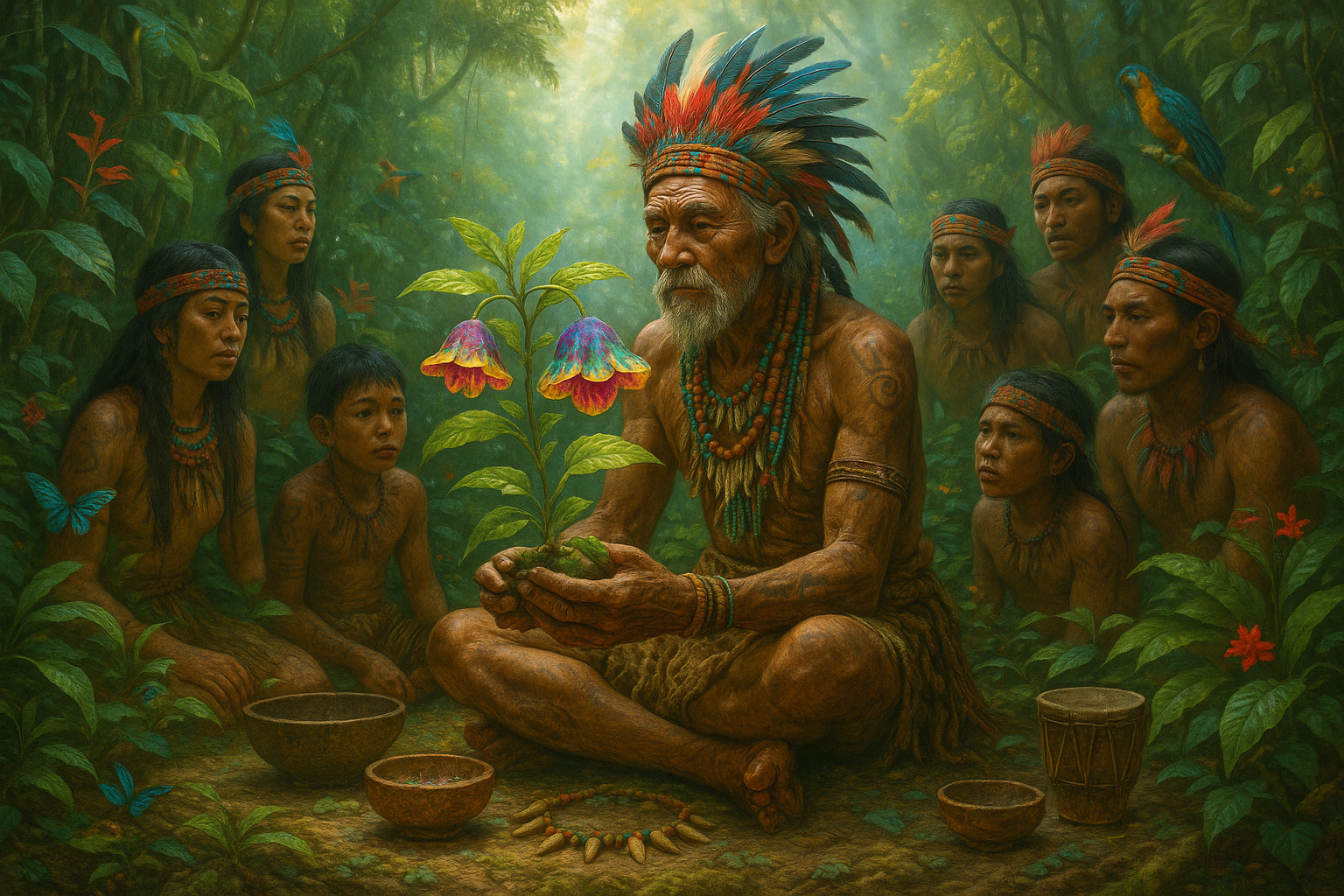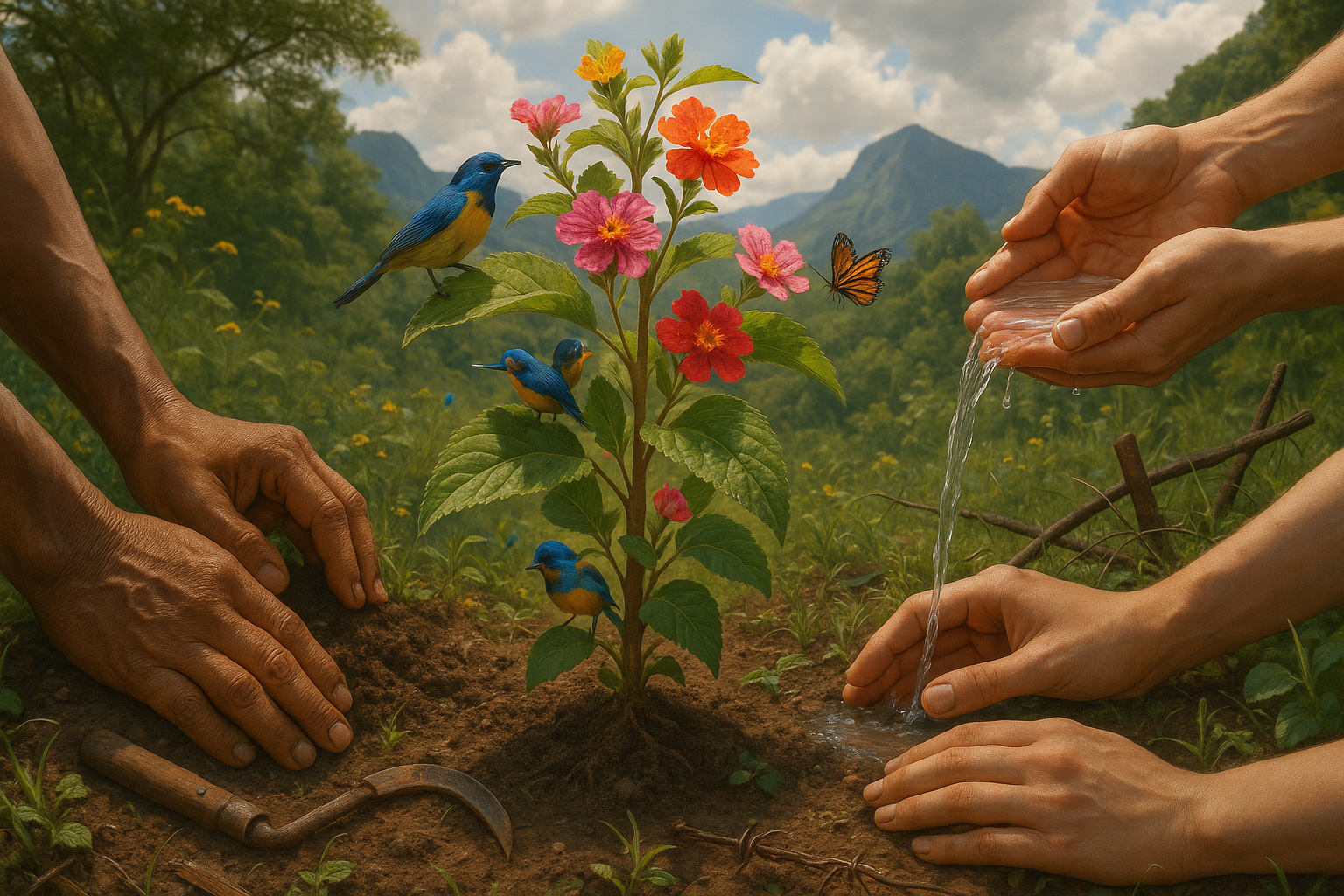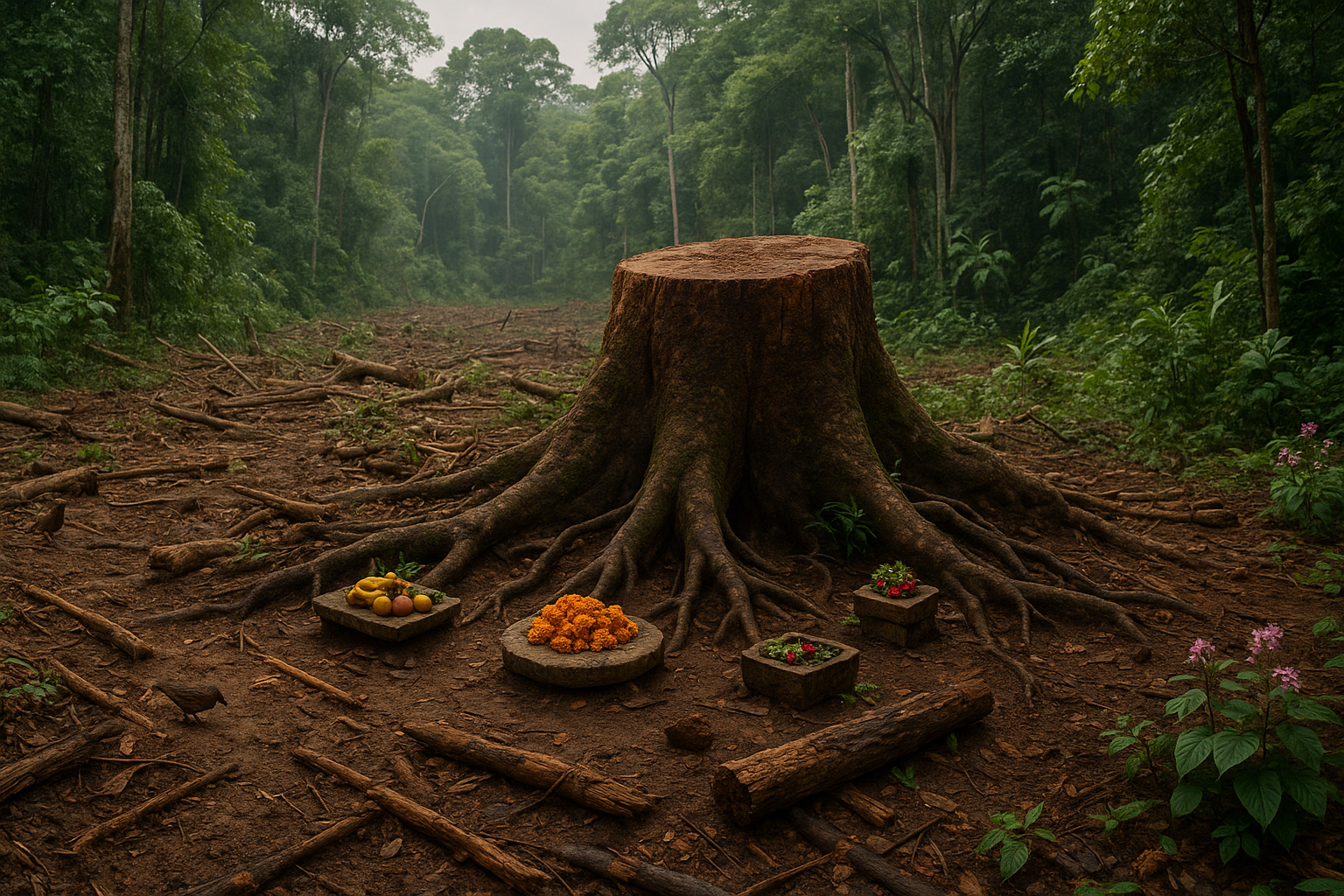In the intricate tapestry of global cultures, few symbols resonate as deeply as the Tree of Life. 🌳 From ancient myths to modern interpretations, this iconic motif serves as a bridge connecting humanity’s shared past, present, and aspirations for the future. But what is it about the Tree of Life that captivates the human imagination across different continents and eras? In this exploration, we delve into the roots of this powerful symbol, uncovering its diverse representations and meanings within various cultural contexts.
At its core, the Tree of Life symbolizes the interconnectedness of all living things. It represents growth, resilience, and the cyclical nature of existence. Found in religious texts, folklore, and artistic expressions, the Tree of Life embodies the essence of life itself. It acts as a reminder of our connection to the earth and to one another, transcending geographical boundaries and cultural differences.
The journey begins with ancient civilizations, where the Tree of Life often stood at the center of creation myths. In Mesopotamia, it was depicted as the World Tree, a cosmic pillar linking the heavens and the earth. Similarly, in Egyptian mythology, the sacred sycamore tree was seen as a gateway between life and death, offering shade and sustenance to the souls of the departed. These early interpretations laid the groundwork for how later cultures would perceive and integrate the symbol into their own narratives.
As we traverse through history, the Tree of Life emerges in various religious contexts, each adding layers of meaning and symbolism. In Christianity, it appears in the Garden of Eden, signifying eternal life and divine wisdom. Meanwhile, in Judaism, the Etz Chaim (Tree of Life) symbolizes the Torah, representing knowledge and spiritual nourishment. The tree also holds significance in Buddhism, where the Bodhi Tree under which Siddhartha Gautama attained enlightenment, stands as a testament to spiritual awakening and inner peace.
Venturing further east, we encounter the rich tapestry of Hinduism, where the Tree of Life manifests as the Ashvattha tree. Its roots stretch into the heavens while its branches touch the earth, symbolizing the interconnectedness of cosmic and earthly realms. This imagery invites reflection on the balance between the spiritual and material worlds, encouraging a harmonious existence.
Crossing over to the Americas, the Tree of Life finds a home in the traditions of Indigenous peoples. Among the Maya, it is represented as the Ceiba tree, a sacred entity connecting the underworld, earth, and sky. This tree plays a central role in rituals and storytelling, reinforcing cultural identity and continuity. Similarly, the Haudenosaunee (Iroquois) Confederacy honors the Great Tree of Peace, under which warring nations laid down their weapons to form a unified society. These narratives highlight the tree’s role as a symbol of unity and reconciliation.
While the Tree of Life is deeply rooted in history and religion, its influence extends into contemporary culture as well. In literature, film, and art, it continues to inspire creators and audiences alike. Its imagery is used to explore themes of connection, growth, and renewal, resonating with modern audiences seeking meaning in an increasingly complex world.
As we navigate this exploration of the Tree of Life, we will uncover the common threads that weave through its many interpretations. From ancient myths to modern symbols, we will examine how this enduring motif reflects humanity’s ongoing quest for understanding, unity, and transcendence. Each section of this article will delve deeper into specific cultural contexts, revealing the unique nuances that make the Tree of Life a universal symbol with timeless appeal.
Join us as we embark on a journey through time and space, tracing the roots and branches of the Tree of Life across diverse global traditions. Together, we’ll discover how this powerful symbol continues to shape and inspire the human experience, encouraging us to grow, connect, and thrive in harmony with the world around us. 🌱
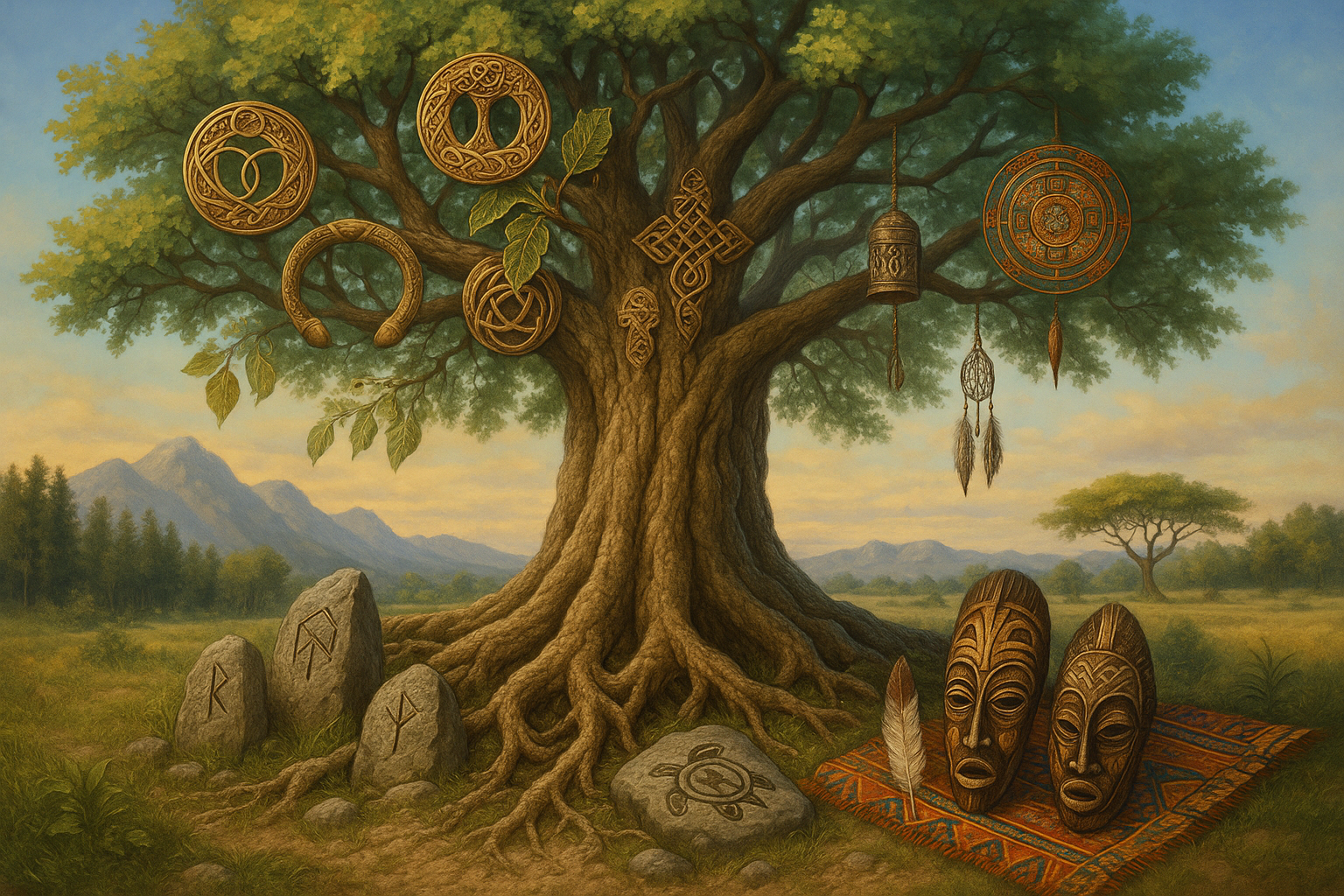
Conclusion: Embracing the Universal Symbolism of the Tree of Life 🌳
In our exploration of the Tree of Life across diverse cultures, we’ve traversed a landscape rich with symbolism and meaning. From the sacred Bodhi tree under which the Buddha attained enlightenment to the Norse Yggdrasil connecting the nine worlds, the Tree of Life stands as a profound emblem of interconnectedness and spirituality. It reminds us of the cyclical nature of life and the interdependence of all living things.
Throughout history, the Tree of Life has served as a powerful metaphor for growth, resilience, and unity. It is a symbol that transcends cultural and religious boundaries, resonating with a universal message of harmony and balance. The tree’s roots, trunk, and branches offer a visual representation of our own journey — grounded in our origins, nurtured through experience, and reaching out toward infinite possibilities.
The recurring presence of the Tree of Life in global traditions underscores its significance as a shared cultural heritage. It invites us to reflect on our own lives and the ways in which we are connected to each other and the natural world. As we navigate the complexities of modern life, the symbolism of the Tree of Life encourages us to cultivate inner peace, foster community, and strive for sustainable living.
Now more than ever, as we face global challenges such as climate change and social inequality, the wisdom embedded in the Tree of Life can inspire us to take action. Whether through personal reflection, community engagement, or environmental stewardship, we have the opportunity to embody the values this ancient symbol represents.
We invite you to share your thoughts on the Tree of Life and its impact on your own life. How do you interpret this enduring symbol, and in what ways does it inspire you to connect with others and the world around you? We encourage you to leave a comment below, share this article with friends and family, and apply these insights to your daily life. Let’s continue the conversation and grow together, just as the branches of the Tree of Life extend ever outward. 🌱
For further reading and to delve deeper into the rich tapestry of cultural symbolism, explore these resources: Tree of Life Symbolism – Britannica, Tree of Life – Ancient History Encyclopedia.
Thank you for joining us on this enlightening journey. May the Tree of Life continue to inspire and guide you in your quest for knowledge and understanding. 🌍
—
Feel free to expand on this draft, ensuring each paragraph aligns with your article’s content and style. Adjust the external links as necessary to ensure they are active and relevant to your readers.
Toni santos is a cultural storyteller and botanical history researcher devoted to uncovering the hidden narratives of cryptobotany and lost plant lore. With a lens focused on forgotten flora, Gabriel explores how ancient communities discovered, used, and ritualized plants — seeing them not merely as resources, but as vessels of meaning, identity, and ancestral memory.
Fascinated by mythical plants, vanished species, and secret ethnobotanical knowledge, Gabriel’s journey weaves through herbal manuscripts, oral traditions, and forgotten botanical practices passed down in fragments. Each story he tells is a reflection on the power of plants to heal, connect, and preserve cultural wisdom across time.
Blending ethnobotany, folklore studies, and cultural storytelling, Gabriel researches the plants, uses, and rituals that once shaped societies — uncovering how lost plant lore reveals deep interconnections between belief, nature, and survival. His work honors the healers, shamans, and herbalists who safeguarded this knowledge beyond the reach of written history.
His work is a tribute to:
-
The sacred role of plants in ancestral rituals
-
The beauty of forgotten botanical knowledge and uses
-
The enduring link between nature, culture, and myth
Whether you are passionate about ancient herbal traditions, curious about plant folklore, or intrigued by the mysteries of cryptobotany, Gabriel invites you on a journey through green lore and living memory — one plant, one ritual, one story at a time.


